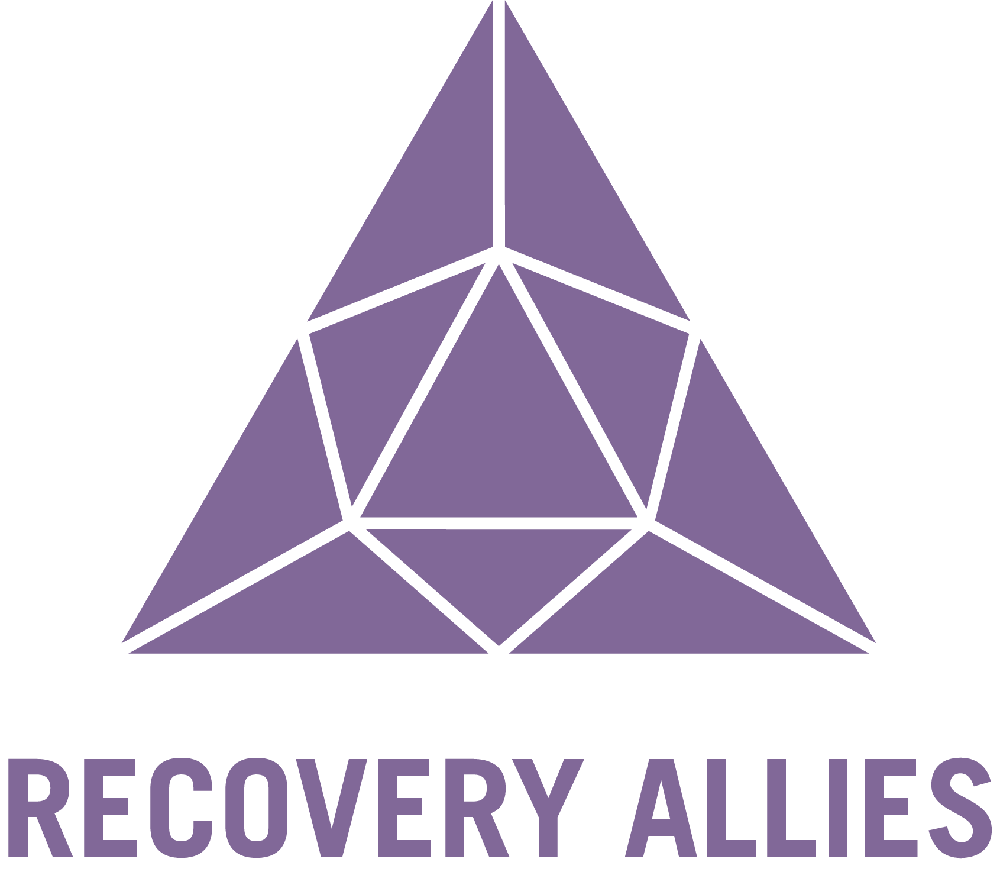How to Plan Well for Leaving Sober Living: A Guide to Successful Transitions and Relapse Prevention
Leaving sober living is a major milestone. It can feel both empowering and scary — a fresh start, yet with new responsibilities and challenges. Thoughtful planning is the key to protecting your recovery and maintaining the stability you’ve built. Here’s a roadmap to help you transition smoothly, with relapse prevention at the forefront.
1. Start Preparing Early
The best time to plan for leaving sober living is well before you walk out the door. As soon as you know your move-out date, begin building your plan. This helps you avoid last-minute decisions driven by stress or fear. Talk with your counselor, recovery peers, and family about what you’ll need in place to succeed on your own.
2. Strengthen Your Support Network
One of the biggest protective factors against relapse is a solid support network. Identify:
Who will you call first if you feel triggered?
Where will you go for meetings?
Who can help you stay accountable?
Add these contacts to your phone, and let them know you’re about to leave sober living so they’re ready to support you.
3. Create a Relapse Prevention Plan
A written relapse prevention plan is crucial. Include:
✅ Your personal triggers (people, places, emotions, situations)
✅ Early warning signs of relapse (isolation, skipping meetings, irritability)
✅ Coping strategies (grounding techniques, exercise, creative outlets)
✅ A list of supportive people and recovery resources
✅ An emergency plan if you slip (who to call, where to go)
Think of this plan as your recovery safety net — something you can fall back on when things get rough.
4. Plan for Structure and Routine
One challenge after sober living is the loss of daily structure. Map out a weekly schedule that includes:
Recovery meetings or therapy
Work or volunteer commitments
Exercise
Social connections
Relaxation and hobbies
Routine reduces boredom, which is a common relapse trigger.
5. Secure Safe Housing
Make sure your next living arrangement supports your sobriety. Questions to ask yourself:
Is it free of active substance use?
Will you feel emotionally safe there?
Is it close to supportive resources (meetings, counseling, recovery peers)?
If you don’t have a solid housing plan, talk to your sober living program staff or a case manager for help.
6. Set Financial Boundaries and Goals
Money can be stressful and triggering. Before leaving sober living, work out a realistic budget. If you can, open a separate account for essentials. Avoid putting yourself in a situation where financial chaos might undermine your recovery.
7. Keep Recovery a Priority
After you leave, it’s easy to get swept up in work, relationships, or other distractions. But your recovery comes first. Make time for meetings, therapy, or coaching sessions. Prioritize your healing and protect it fiercely.
8. Celebrate How Far You’ve Come
Leaving sober living is a major accomplishment. Take time to honor the growth you’ve achieved. Share your successes with others, journal about the journey, and remind yourself of the resilience and courage it took to get here.
In short, leaving sober living is more than packing your bags — it’s about planning a path forward with intention, structure, and support. With a strong relapse prevention plan and a community to back you up, you can step into this next chapter with confidence and hope.
